Off-Grid Operator Series: Beyond the Edge Institute prepares for emergency rescues
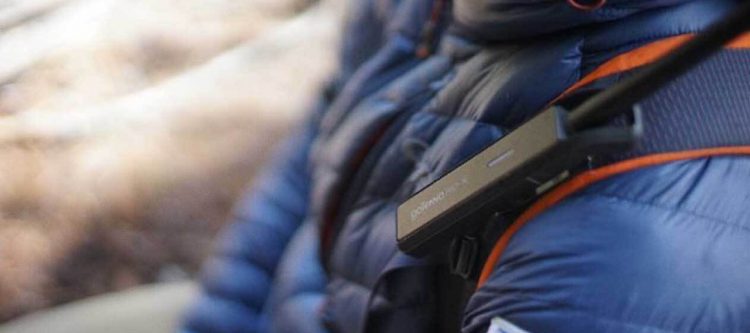

Going off the grid takes a combination of courage, planning, and training. Even in the best of situations with the most prepared teams, things can often go from adventure to danger. Fortunately, there are organizations that are prepared to respond to crises in the last mile at a moment’s notice. Beyond the Edge Institute is one of those organizations. The Institute provides rapid extrication, medical, and rescue services in extreme environments. They also leverage their proven expertise and experience in austere rescue missions to provide private and group training courses.
To learn more about the unique requirements of backcountry medicine and rescue, The Last Mile recently sat down with Beyond the Edge Institute’s Founder Ray Storm. Ray shared how he trains today’s rescuers on how to prepare for a mission in any environment. We talked about everything from equipment and gear to mental toughness and survivability skills.
Here’s what he had to say:
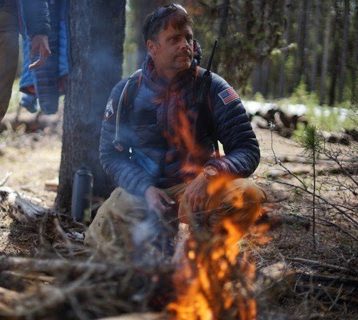 The Last Mile (TLM): What does Beyond the Edge do and how did it all start?
The Last Mile (TLM): What does Beyond the Edge do and how did it all start?
Ray Storm: Well, we’re kind of a unique and interesting rescue company. We’re a private company. We’re also a government contractor as well. But when we started, our goal was to be the most effective and efficient rescue team in the world, which sounds like a huge and massive boast. But it’s truly what we’re doing. It doesn’t happen overnight. We do a lot of training. We cross-train. We have a really small rescue team. We run six to eight people, and we’re all trained in all aspects of the rescue.
So, our goal is to be able to arrive at disasters or emergency scenes before anyone else. We run really light on systems so we can get where we need to get in a heartbeat. If you could imagine an Urban Search and Rescue (USAR) team that’s been compacted in some ways into a handful of people. We got our start because I was on other rescue teams with other organizations and I always had this overwhelming sense, a kind of fear factor having a lack of training, or a lack of knowledge. And I realized that there was so much missing from rescue and medicine in austere environments. And there was no communication from military, law enforcement, to fire, to wildland fire, to search and rescue. That’s what we love to do — to cross those bridges and bring all of those components together to be the most effective and efficient rescue team in the world.
TLM: You also train people. What types of teams participate in your training courses? What do they look to get out of it? And what’s the training like?
Ray Storm: As far as teams go, we have this great spectrum of people that we train — law enforcement, SWAT teams, fire crews, military, Hot Shot smokejumpers, and rappellers. We teach other rescue teams, search and rescue units, and some other high-end private organizations. And basically, these companies or agencies are coming to us because we provide a style and educational level of training that no one else does.
We have high-end and elite-level public courses. We are geared toward the experienced outdoor enthusiasts, athletes, search and rescue personnel, and anyone really looking to hone their backcountry skills and competency. I come from a special operations background, and I’ve had solo backpacking trips where I’ve run into incidents where survival training has been so key.
We put on a lot of survival training such as hand-spinning fires, emergency shelter-making, and primitive skills. One thing we’re really excited about is our training for active shooter increased survivability. Teaching people and businesses and organizations the basics of how to respond, highlighting the difference between cover and concealment. And we put them through mass casualty incidents. These are such high-stress scenarios where we have wounds that look very real that are pumping out blood, and students need to figure out how to stop the bleeding and control that bleed.
We use flashbangs, fireworks, real screaming, and we fire blanks. The goal is to lock their brain and freeze them so their mind locks and they start to stutter. We give them the tools to unlock their brain in an emergency situation.
Eighty percent look to the left or right figuring out what the people around them are going to do. Ten percent of the people just completely freeze. And then the other 10 percent actually get to work. Analysis paralysis — that 10 percent that just locks up is the worst group — that’s the worst category to be. You need to make a decision and commit that you really don’t want to freeze. Freezing is a primitive and ancient survival reaction that our brains have. It’s basically your heart rate and adrenaline going haywire which pumps blood into your muscles, moving our attention towards a singular focus. Our eyes widen to improve our peripheral vision and our situational awareness. We open our mouth and gasp in preparation to scream, run, or hide. This basically just locks you up. It happens to every one of us at some point in our life. Our goal is to create training scenarios that lock the students up. Then we give them the tools to unlock them through algorithms and mnemonics to follow so that they can always fall back on these tips. They can be part of that ten percent that saves the people around them in an emergency situation.
We want them to fail during our training so that when they’re in a real-life situation they have felt this brain lock before. They’ve felt this stress, this fear, and the hard decision-making process. By having these stressful training sessions, when they get into the real world, since they’ve experienced this high stress before, they’re going to make better decisions and do the right thing.
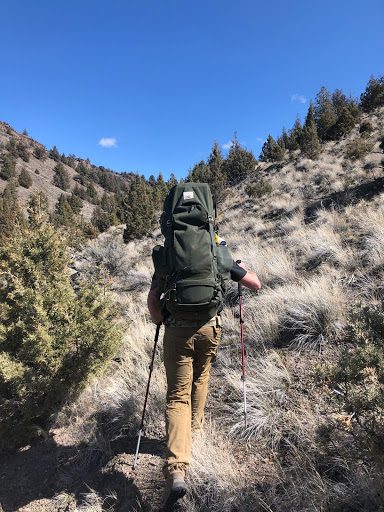
TLM: A lot of places where you guys are training, or where a lot of these rescue operations need to be, are far, far off the grid. Tell us what kind of communications challenges you run into in these austere environments and, how difficult can it be to communicate?
Ray Storm: Battery life is a big problem for us. And that means you have to carry multiple batteries for a lot of equipment. When you start to get into that, you run into the issue that you just need a communications guy. You need a guy that’s just in charge of the comms network in your region. When you go to these emergencies or these disasters, you have an entire group of personnel that is dedicated to radios. So, it really takes up a lot of mental bandwidth trying to keep all the gear, the network interfaces, the frequency coordination between agencies, having standardized gear, and ensuring everyone knows how to operate each other’s gear in case their own goes down. These are all just issues that are non-stop. Communications failures seem to happen at the very worst moment.
Just talking on the radio is pretty difficult. Just like your brain locks up in an emergency, your brain lights up the moment you key up the radio. You forget everything you’re about to say. You start to stutter. You speak too early. Anyone that’s worked with radios has dealt with that – when you push that button and you’re all pumped up on adrenaline, so you start to talk right away. You’re missing that first 2-3 seconds of talk because there’s a delay there.
We’ve also noticed that in a lot of these disasters and emergencies, there’s also too much communication. You give someone a radio and they’re going to tell you an essay or an epic novel by the end of their radio communications. There’s also a lot of wrong communication for us. We just want critical communication, as much as possible.
The other thing we see a lot are human repeaters being used for radio communications. We get into a big game of telephone tag on the human radio repeaters where I speak my need, they hear it, they listen, and then they have to repeat that to another person that might go through two or three people. It just gets very convoluted and dangerous for communications.
So, with losing communications, many audio repeaters, and inefficient radio communications there are a ton of challenges out there
TLM: You have tested goTenna Pro mobile mesh networking solutions. What do you think of that technology? What types of functionality and capability are you able to get from that? And, were you surprised in any way how useful it was?
Ray Storm: One of the big things was just how easy and user friendly it was. It’s a plug and play type of thing. It frees up your mental bandwidth and frees up critical personnel. You have the ability to strap it to a drone, use it as a repeater, put it on a peak, or put it on a vehicle. By pushing one button you have an unmanned repeater. You can even hardwire it into a solar panel, or an outlet and it’s good to go. And you can even put a longer antenna on these hard-wired locations and you really have a pretty good redundant systems setup.
One of the better parts that I really appreciate is the fact that it interfaces with your phone. A lot of rescue technology right now is moving towards the phone as a platform for their apps and hardware. Hardware is super expensive to R&D, to test, and to work out all the bugs and bring it into production. Phones have functions such as GPS, photo, video, communications so, it’s a no-brainer that technology is going to the phone as the platform.
Another big thing for me is the accountability of the team. I can’t tell you when you have only radio communications, and you can’t see your whole team, there’s always the fear factor in the back of your brain. Where’s my team? And what’s going on with them? This is especially true when you have lost radio communications.
With goTenna we can have accountability of our team. We can set that up in a few seconds to a few minutes on location which is just amazingly awesome. It’s also super easy because of the ease of use in integrating it with local resources – to be able to show up on-site and give someone a goTenna, grab their phone and plug it in and we have our own human repeaters.
And another big thing which I think rescue teams and other disaster relief companies can use to their massive benefit is the ability to set up perimeters with alarms if anyone exits in a designated area. If you go on a disaster and you’ve got HAZMAT locations, you can set that perimeter for an alarm that is amazing. You’re going to keep your team that much safer. So, we love it. We love all of these things about it.
Think about how many people you free up now. In terms of securing the area, instead of going through multiple times searching the same area over, you have a map of what you’ve searched already, or no-go zones. It just frees up all that mental bandwidth. You only have so many resources, time, and energy to place on these disasters. And you have to use your energy very critically.
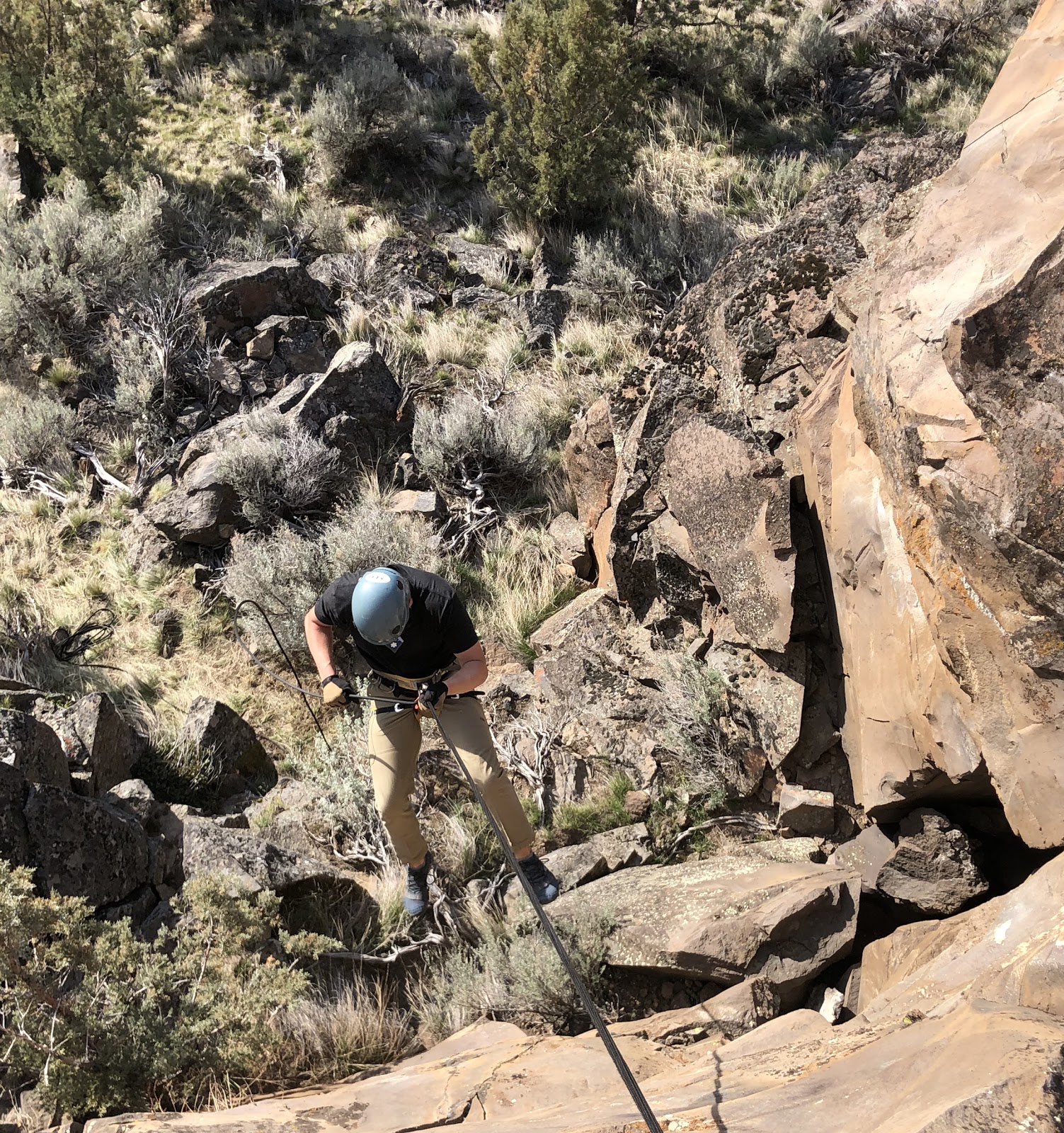
TLM: How are technologies like goTenna Pro changing your behavior? Are they changing how you approach some of these training scenarios and any active disaster incident responses? What was it like before having a mobile mesh networking solution?
Ray Storm: Before it was really hard. Communication is still a sore subject for many rescue personnel. To illustrate the complexities of the situation: before mobile mesh networking tools, you could be dealing with frequencies and some certain frequencies don’t penetrate foliage. If you have a two-meter ham, and one hundred forty-six megahertz, it’s better than a 440 megahertz at penetrating, but it’s more congested. And so, you have to figure out a good compromise between the two. goTenna Pro is perfect because it’s a plug and play device.
One of the things I mentioned earlier was the accountability aspect and the ease of integration with other local resources. For us, we want to be at ground zero. We want to be in a disaster when the wind’s still blowing, and the water is still flooding. When we start operations, we are the first ones there. There are still people sheltering when we start our operations. So, for us, in our communications with the goTenna Pro, if we’re at ground zero, we can start to integrate other local resources whether that’s law enforcement, fire emergency services, and even using buildings to put up our goTenna repeaters. What this allows us to do is to start communication from ground zero out as opposed to what normally happens when emergencies hit. People start their communications from safety, or the Green Zone, and work their way in. A lot of times, by the time people get communications or rescue teams into that ground zero, it’s a little bit too late. With goTenna, we’re able to start at ground zero and communicate out which is just an awesome thing to be able to do.
TLM: What should every rescue specialist keep in mind as they coordinate and communicate in the toughest environments?
Ray Storm: First and foremost, the number one thing we want to leave with all our trainees is situational awareness. That’s in every aspect of everything we do. That’s just being aware of all your surroundings: weather, altitude, safety hazards, you name it. We want to be aware of everything and to follow that into coordination and communication. Often, we see a lot of teams and rescuers out there that only have one form of communication. That’s just their radios. For us, that’s not good situational awareness. Having the ability to have goTenna, radios, and telephone allows you to have your primary, your contingency, and your backup.
If you’re on a rescue team, or you’re with a department, or you’re doing any sort of response for a medical or rescue and in an austere environment, you should really start looking into these off-grid communication networks and your backup communications. We can’t tell you how many times we’ve seen people without any sort of backup communication.
No rescue team puts enough energy, resources, or training into their communications. It’s one of those things that is always pushed on the back burner. It’s not fun, or high speed, or not stopping an active bleed. It’s not climbing over an edge. So, it really gets placed on the backburner.
In our training, we start in a stable environment and progressively put more stressors into it. It’s the crawl, walk, run method. The training should be more difficult than the actual situation because when the calm fades and you’re losing your mind because the communications are going down, or you’re down in a box canyon and you’re just not getting any penetration through foliage, or whenever the snow starts to turn into a blizzard, you can feel confident with your redundancy in your communication network so that you can focus on the task at hand.
To find out more about Beyond the Edge Institute’s training visit their website here.


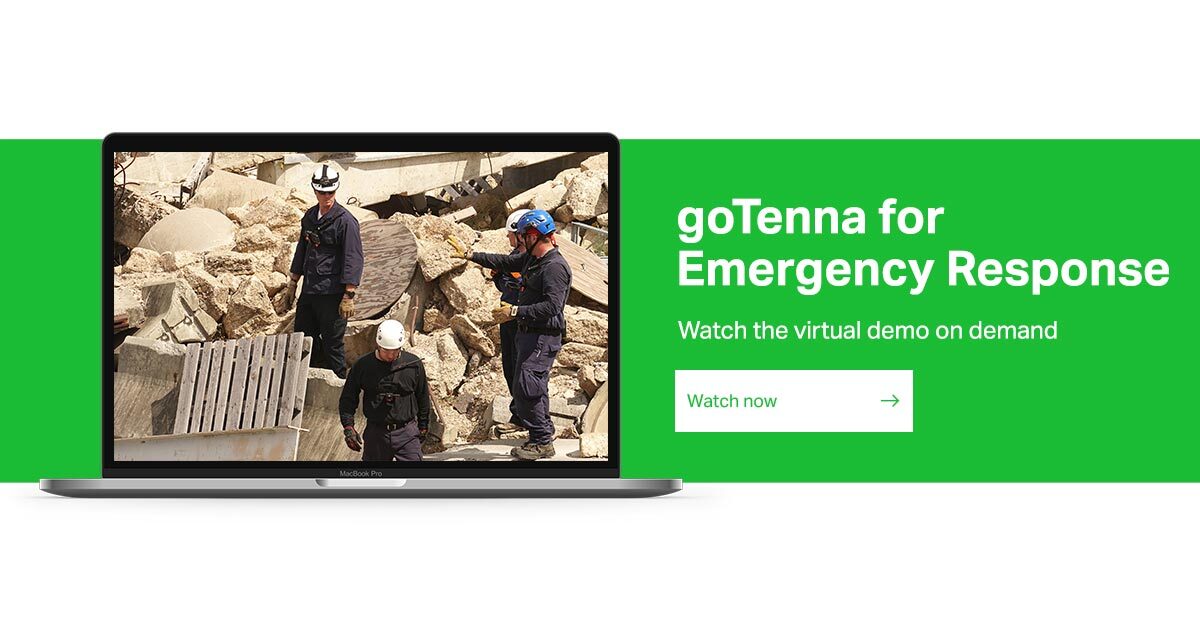





No Comment